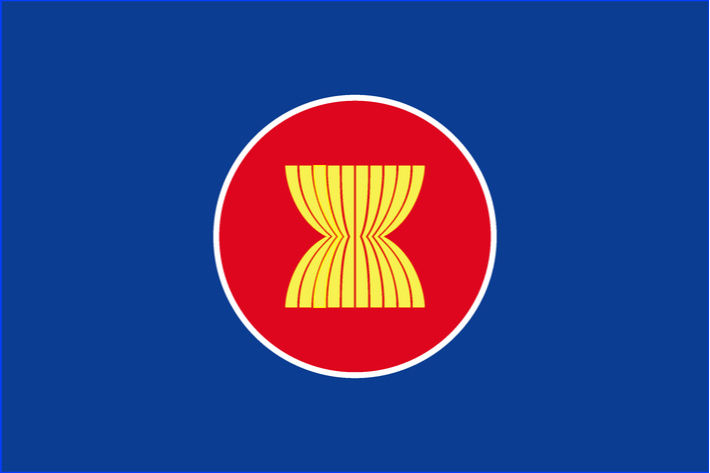
While ASEAN nations produce many products, they do not necessarily become inputs to exports of non-ASEAN RCEP members’ exports, the study reveals.
On a per industry basis, the study shows that while the automotive and electronic GVCs are strong in ASEAN, they are much stronger in RCEP because of the participation of China, Japan and South Korea. Therefore, there are opportunities for ASEAN GVCs in these industries to expand into non-ASEAN RCEP member states.
According to the study, ASEAN member states are mainly producers of apparel, which are final product exporters rather than intermediate producers, for example of textiles, which are not much integrated into the next stage of production. ASEAN countries can benefit from the RCEP agreement by expanding their imports of textiles from China.
ASEAN agribusiness and tourism are typically regional or domestic market-oriented industries that could penetrate both ASEAN and RCEP markets, an AJC press release said citing the study.
The direct impact of RCEP on trade and investment as measured by increases in value is estimated at $42 billion in exports and $900 million in foreign direct investment (FDI) in the current value. These numbers correspond to 1.8 per cent and 0.3 per cent of current exports and FDI flows.
To maximise benefits from the RCEP agreement, the study paper identifies five specific policy measures for ASEAN.
It suggests creation of an RCEP production network to widen value chains and promote trade and investment; utilisation of existing production programmes and initiatives of RCEP member states, one being Japan’s programme to diversify and multiplicate supply chains in ASEAN to deal with various risks such as COVID-19 that disrupted the supply chains; attracting FDI, especially those that create value chains from non-ASEAN RCEP member states; strengthening relationship with Japan as it is seen to benefit more from the RCEP agreement than ASEAN; and developing parts and components of other RCEP member countries’ exports that are locked into the production lines of various GVCs.
The competitiveness of ASEAN exports should be improved to maximise RCEP’s growth opportunities, the paper suggests.
AJC promotes awareness of Japanese and ASEAN firms, particularly the micro, small and medium enterprises, regarding the usefulness of the RCEP agreement to their businesses through webinars and dialogues among stakeholders.
Fibre2Fashion News Desk (DS)